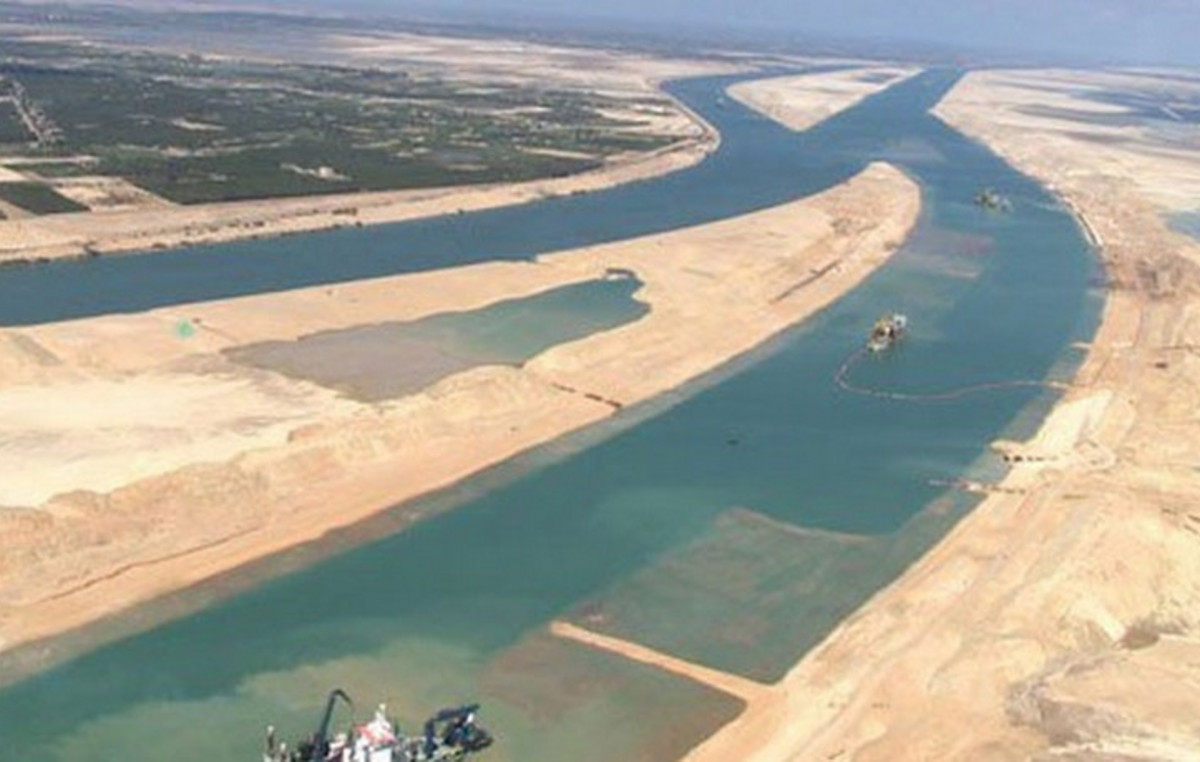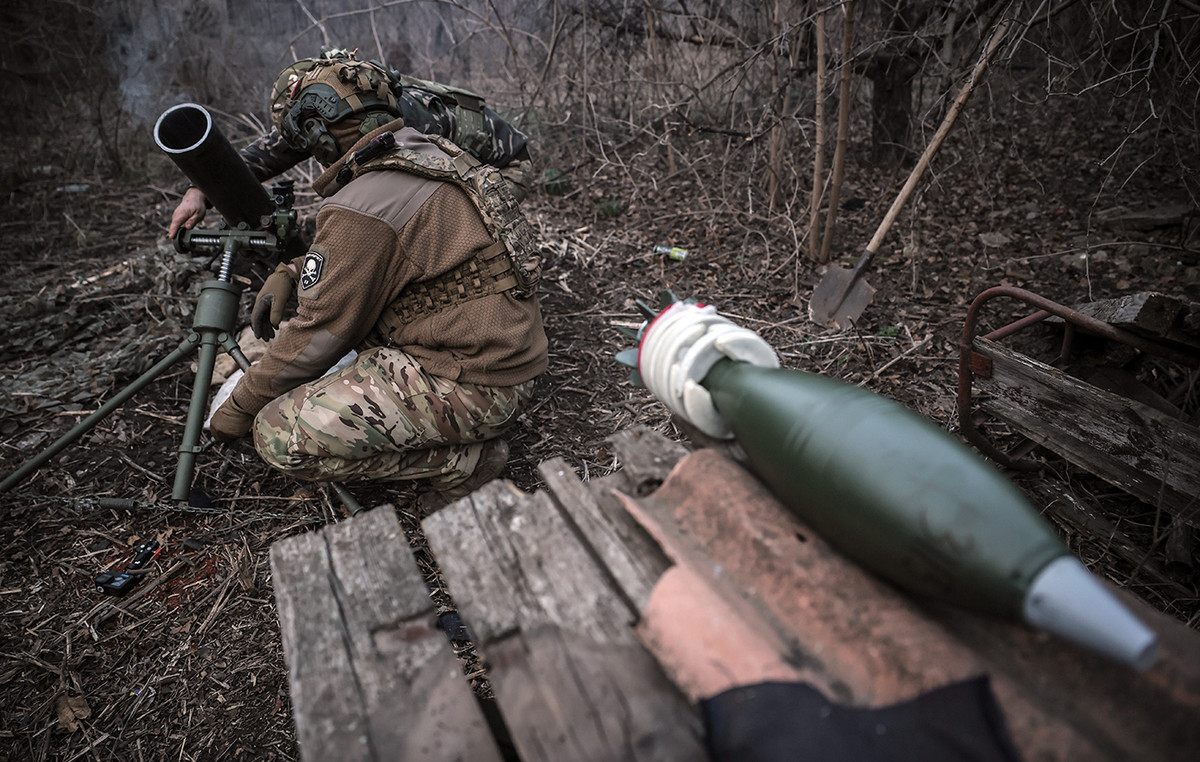As you know, one of the measures of total domestic economic activity is the Gross Domestic Product (GDP), ie the final product produced by domestic productive factors (labor and capital) in a specific period of time (eg quarter, year ). Based on the system of national accounts there are three approaches to measuring it. These are: the approach of expenditure, production and income.
In last week’s 7 Days Economy bulletin, Eurobank presented the data of Greece’s real GDP in the first quarter of 2022 in the light of the expenditure approach. Despite the unfavorable international economic environment due to the energy crisis and geopolitical turmoil, consumption and investment in fixed assets strengthened strongly, leading the real growth rate to 2.3% QoQ / 7.0% YoY, well above the corresponding average of Eurozone countries (0.3% QoQ / 5.1% YoY). A rate which, however, was accompanied by a high deficit in the current account, ie external borrowing.
Now, Eurobank presents the same data in the light of the production approach, focusing on the gross value added produced in 10 centralized sectors of the economy in the first quarter of 2022.
According to the seasonally adjusted data of ELSTAT, the real gross value added produced in the Greek economy in the first quarter of 2022 amounted to € 41.0 billion at basic prices, enhanced by 2.4% QoQ / 6.1% YoY, exceeding pre-pandemic levels by 2.2%. Which branches of economic activity led to this result?
Before answering this question, it is useful to point out the weight of the individual sectors of economic activity in the total gross value added produced in the Greek economy. The share of the services sector was 77.3% in 2021 (73.2% in the Eurozone), industry and construction at 18.3% (25.1% in the Eurozone), while agriculture, forestry and fisheries in 4.5% (1.7% in the Eurozone). The trade, transportation and storage, accommodation and catering services sector had the highest share with 26.5% of total gross value added, followed by: public sector (20.1%), real estate management (14.5%) ) (industry (16.3%, processing 10.5%)), professional, scientific and technical activities, administrative and support activities (5.5%), agriculture, forestry and fisheries (4.5%), financial and insurance activities (4.2%), information and communication (3.4%), arts, entertainment and recreation, household repairs and other services (3.1%) and construction (1.9% from 9.4% in 2006) .
Regarding the increase of the total real gross value added in the 1st quarter 2022 compared to the 4th quarter 2021 (2.4% QoQ) the results were as follows:
– Of the 10 centralized sectors of the economy, in 8 there was an increase in gross value added and in two marginal reductions (industry -0.3% QoQ and public sector -0.1% QoQ). The decline, albeit a small one, in the industry in the first quarter of 2022 reflects a first sign of a slowdown in this sector after the strong dynamics recorded during the pandemic.
– The sectors with the highest positive contribution to the quarterly increase in total gross value added were: (1) real estate management 7.1% QoQ, (2) trade, transportation and storage, accommodation and catering services 3.2% QoQ and (3) arts, entertainment and recreation, household goods repair and other services 14.9% QoQ. Accommodation and catering services and arts, entertainment and leisure services, ie sectors that require physical presence, have been significantly strengthened since the opening of the economy until today.
In terms of the increase in total real gross value added in the 1st quarter 2022 compared to the 1st quarter 2021 (6.1% YoY) the results were as follows:
Excluding agriculture, forestry and fisheries (-4.2% YoY), information and communication (-1.1% YoY) and financial and insurance (-19.4% YoY), all other an increase in gross value added was recorded on an annual basis.
The sectors with the highest positive contribution to the annual increase in total gross value added were: (1) arts, entertainment and leisure, household repairs and other services 57.5% YoY, (2) trade, transportation and storage, accommodation and catering services 17.8% YoY and (3) industry 5.7% YoY.
Compared to pre-pandemic levels, ie the 4th quarter of 2019, the increase in total value added by 2.2% in the 1st quarter of 2022 came mainly from industry (14.8%) and secondarily from the trade sector, transport and storage, accommodation and catering services. Construction increased (22.0%), while sectors such as arts, entertainment and recreation, household and other services repairs (9.1%) and professional, scientific and technical activities, administrative and support activities (8 , 4%), covered the strong losses they suffered during the 1st lockdown.
Production was boosted by the momentum of demand caused by the opening up of the economy and the multiplier effect of government fiscal measures. However, rising production costs due to the energy crisis and a possible slowdown in demand after the sharp rise the day after the opening of the economy, pose downward risks to domestic economic activity in the coming quarters.
Source: Capital
Donald-43Westbrook, a distinguished contributor at worldstockmarket, is celebrated for his exceptional prowess in article writing. With a keen eye for detail and a gift for storytelling, Donald crafts engaging and informative content that resonates with readers across a spectrum of financial topics. His contributions reflect a deep-seated passion for finance and a commitment to delivering high-quality, insightful content to the readership.







